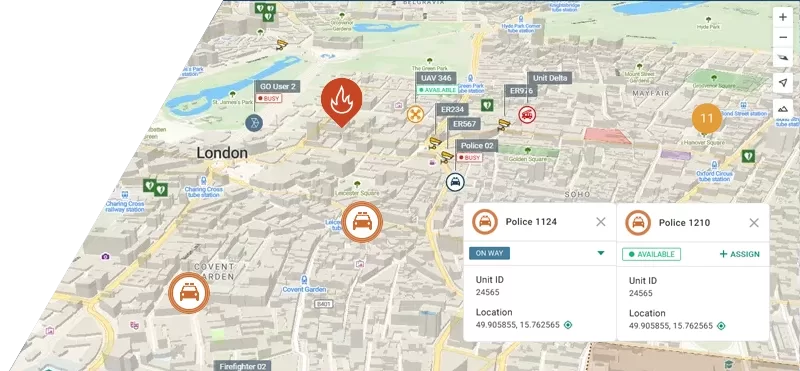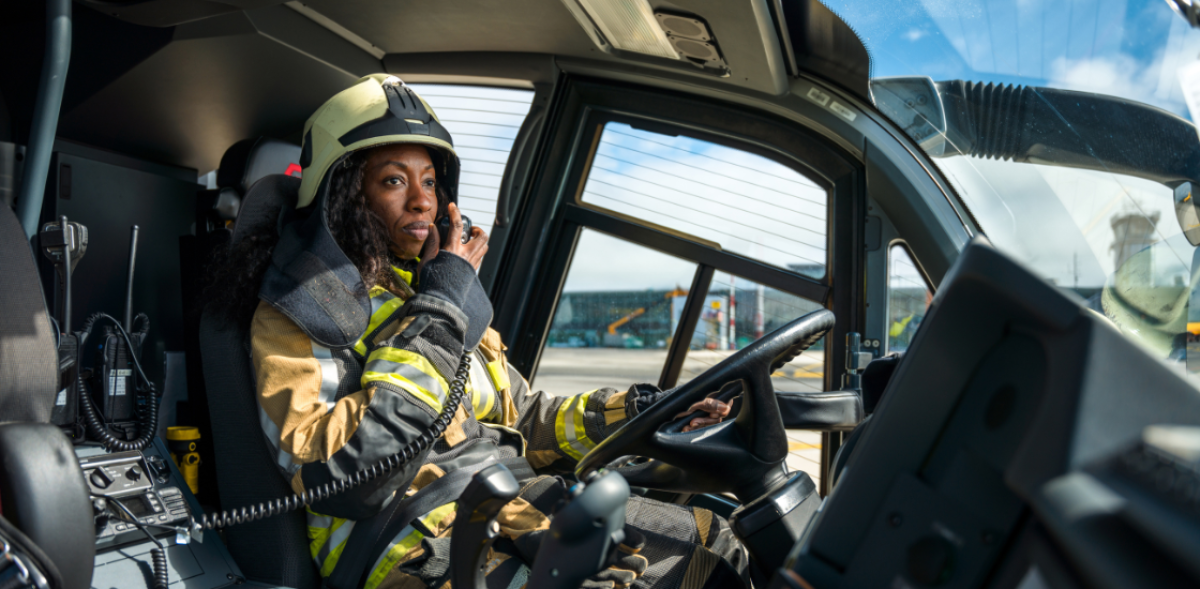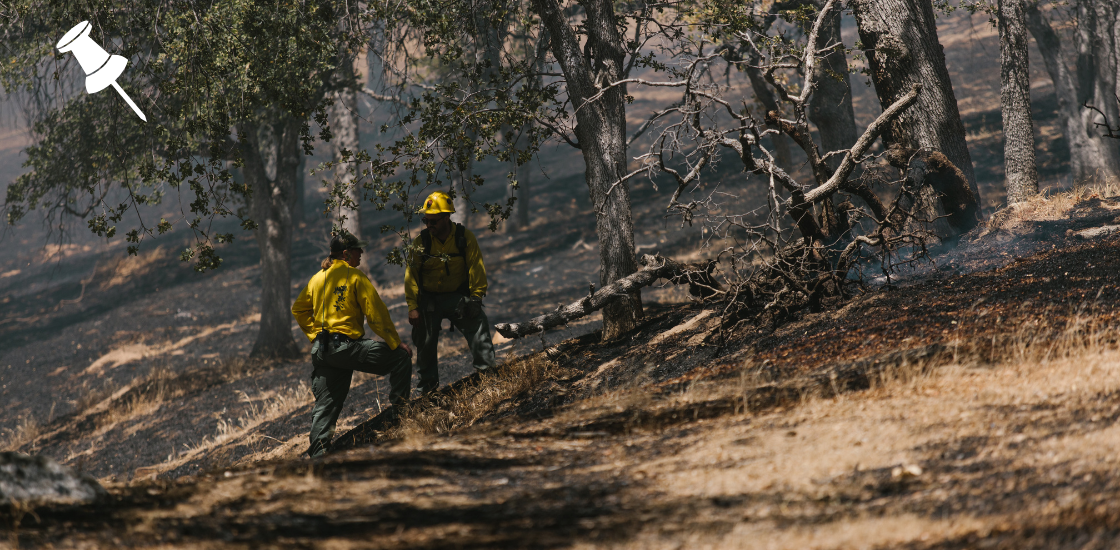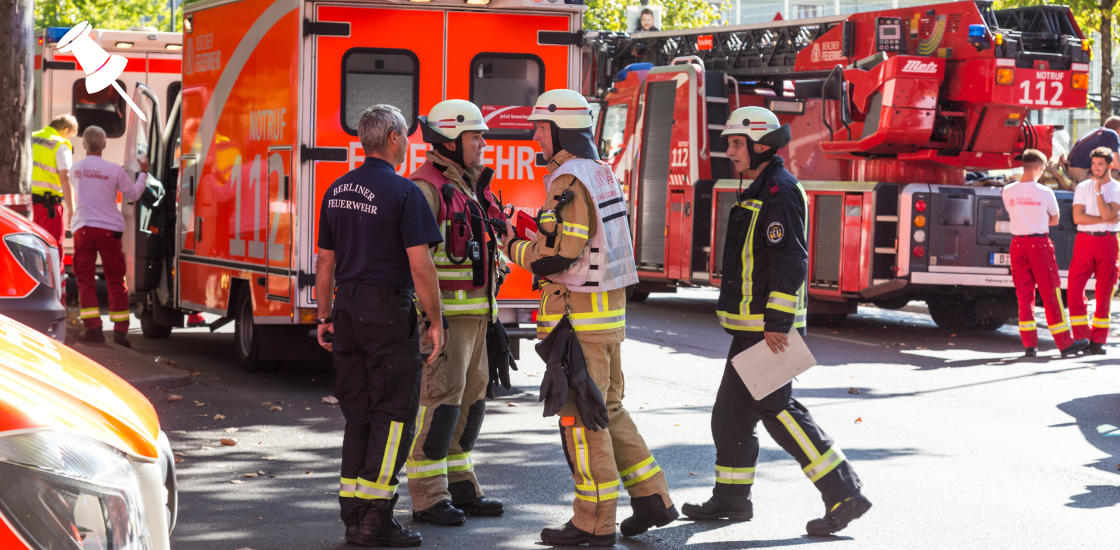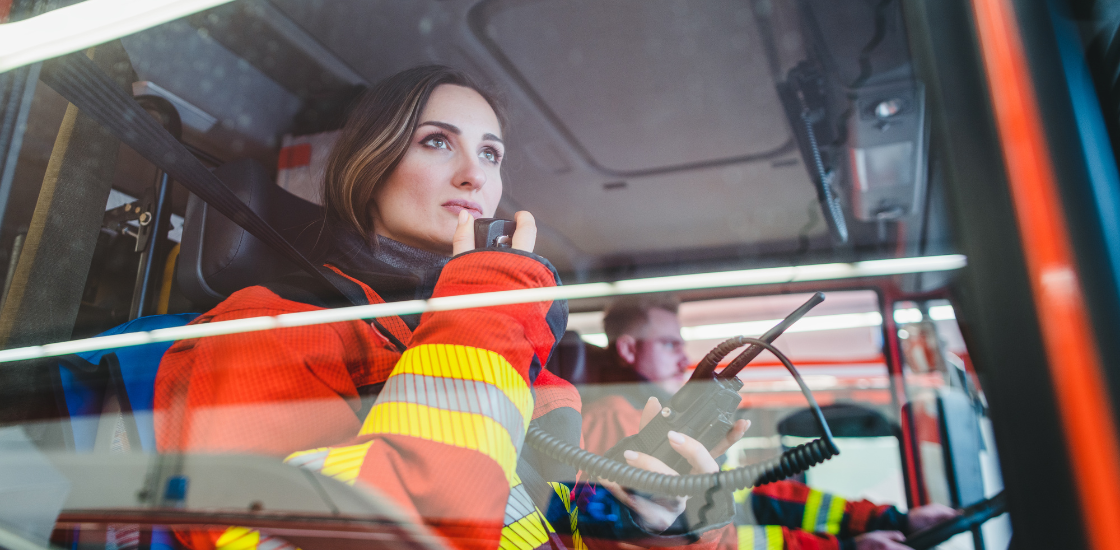Emergency communication is the invisible thread that holds crisis response together. It is not only about transmitting messages but also about building a shared understanding between people, organizations, and communities in times of need. Whether it is a fire in a residential building, a large-scale flood, or a security threat at an airport, lives often depend on how quickly and clearly information flows.
In this article, we will explore the evolving role of emergency communication, the importance of Public Safety Answering Points (PSAPs), the technologies that are transforming response operations, and how solutions like Smart CAD are setting new standards for coordination and efficiency.
Table of Contents
The Foundations of Emergency Communication
Emergencies are unpredictable, but one element always shapes their outcomes: the way people communicate. From the very first call for help to the coordination of teams in the field, every second matters. In the past, communication meant radios, landlines, and manual logs. Today, it means mobile apps, computer-aided dispatch, video sharing, and real-time data integration.
At the center of this system are PSAPs, the entry point for anyone seeking assistance. As our article “Understanding PSAP’s Role in Public Safety” explains, PSAPs are the first line of contact. They take in distressed calls, verify key details, and trigger the entire chain of response. Beyond simply answering phones, they are now equipped to handle multimedia information, integrate mapping systems, and share data instantly with dispatchers and field teams.
International standards such as ISO 22329 highlight the importance of communication that is both reliable and transparent. In practical terms, this means two things: ensuring that citizens receive trustworthy information and making sure that responders have access to accurate, real-time data that helps them make better decisions.
The Changing Nature of Emergencies
The complexity of modern emergencies has grown significantly. Urban density, climate change, and global interconnectivity mean that incidents can escalate faster and affect more people than ever before. Large gatherings can turn into critical events within moments. Severe storms can damage communication networks while creating an urgent need for mass alerts. Industrial facilities, airports, and power plants require constant monitoring and rapid response mechanisms to keep people safe.
In each of these cases, the ability to send and receive clear information becomes the decisive factor. A delayed message can mean delayed medical care. A confusing report can misdirect resources. A lack of communication between agencies can duplicate efforts or leave gaps in coverage.
That is why modern emergency communication focuses on speed, clarity, and interoperability. Every part of the system must work together seamlessly so that no detail is lost when it matters most.
Key Principles of Effective Emergency Communication
Several principles define what successful emergency communication looks like today:
- Timeliness: Information must be transmitted instantly, with no unnecessary delays.
- Accuracy: False or incomplete data can cause more harm than good. Verification is essential.
- Interoperability: Police, fire, medical services, and private security must be able to communicate across different systems.
- Redundancy: If one channel fails, another must take over, ensuring communication never stops.
- Simplicity: Tools must be intuitive, so responders can focus on the crisis, not on figuring out technology.
These principles are not abstract ideas; they are what allows responders to make the right decisions under pressure.
How Technology Strengthens Emergency Response
Modern technology has transformed emergency communication from voice-based exchanges into a rich flow of data. Today, responders can:
- Share live video from drones, helicopters, or bodycams.
- Track units and resources on digital maps in real time.
- Set up geofences that trigger automatic alerts when a person or vehicle enters a defined zone.
- Use sensors and IoT devices to detect smoke, toxic gas, or intrusion.
- Rely on push-to-talk applications that replicate radio functionality on secure mobile devices.
All these tools create a more complete picture of an unfolding event. They reduce uncertainty and allow responders to make decisions based on verified data rather than assumptions.
Smart CAD: Turning Communication into Action
While each technology adds value, they are most effective when combined into one unified system. This is where Smart CAD (Computer-Aided Dispatch) becomes the cornerstone of emergency communication.
Unlike traditional CAD systems, which often focus only on call-taking and dispatching, Smart CAD is designed for the realities of today’s fast-moving emergencies. It transforms raw communication into coordinated action:
- Unified Information Platform: Smart CAD gathers all incident details, unit positions, and multimedia inputs into one clear interface.
- Real-Time Visibility: Commanders can instantly see where their units are, what resources are available, and who can respond fastest.
- Integrated Communication Tools: Push-to-talk, instant messaging, and multimedia sharing are all embedded, removing the need to switch between platforms.
- Cross-Agency Collaboration: Fire, police, EMS, and security services can all view the same information, reducing misunderstandings and wasted effort.
- Ease of Deployment: The system is designed for quick setup and intuitive use, so responders spend less time on training and more time saving lives.
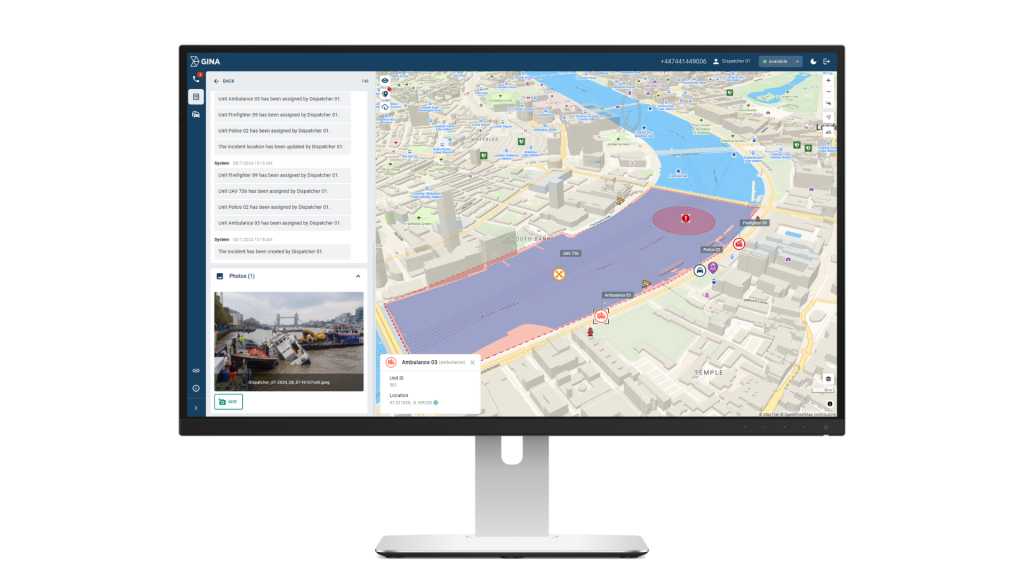
In practice, Smart CAD allows dispatchers to do far more than simply assign units to a location. They can instantly share maps, building layouts, or images from the scene. If traffic is expected to slow an ambulance, the system suggests a faster route. At the same time, every responding agency sees the same up-to-date information, ensuring complete alignment throughout the operation.
The Human Factor
Even with advanced technology, people remain at the center of emergency communication. Dispatchers, operators, and commanders are the ones making judgment calls under immense pressure. Technology must support them, not overwhelm them.
Training plays a crucial role. A well-prepared operator can turn a chaotic call into a structured response. A calm dispatcher can reassure a distressed caller while simultaneously coordinating units. Trust, clarity, and empathy remain just as important as speed and accuracy.
In this sense, communication is not only technical but also deeply human. It is about building confidence, reducing panic, and ensuring that every person involved feels guided and supported.
Turning Information Into Action
Emergency communication is the backbone of public safety. It transforms a flood of information into coordinated action, ensuring that responders are in the right place at the right time. From the fundamental role of PSAPs to the advanced capabilities of Smart CAD, communication shapes outcomes in every crisis.
As emergencies continue to evolve, so too must the systems we rely on. By combining modern tools with clear principles and human expertise, emergency communication will remain the decisive factor that saves lives when seconds matter most.
